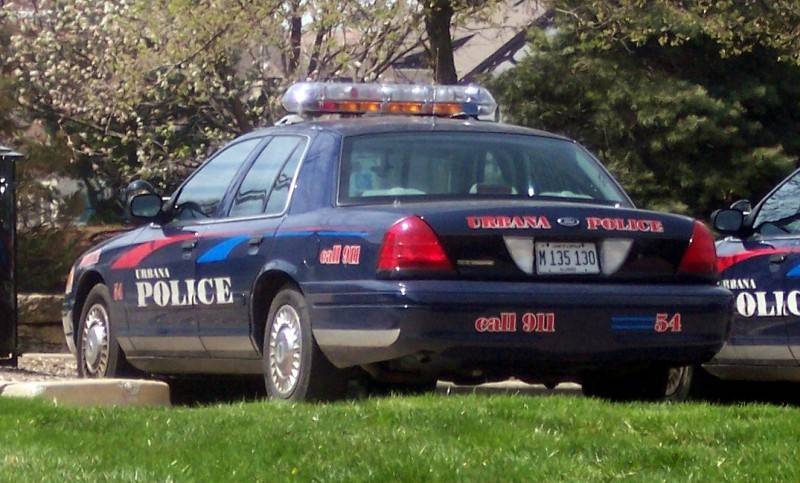Taking responsibility for hot-button issues like racial profiling and institutionalized privilege can be a tricky prospect. For white members of society, acknowledging the enhanced struggles minority communities face can feel like an admission of personal guilt. In the wake of the terrorist attack in Charleston last month, heated debate over the legacy of the Confederate flag has illustrated the deep-seated confusion and frustration which persists despite improving attitudes over the last 50 years. The Urbana City Council is now lending their voice to the national conversation with the release of a preliminary report from their Traffic Stop Data Task Force last Tuesday.
The report reveals that black and Latino/a drivers in Urbana are significantly more likely to be pulled over, regardless of age, location, or the condition of the car. The Task Force admits that these patterns “raise several critical questions that bear directly upon the legitimacy of the Department’s traffic enforcement methods from the perspective of the minority community and the Urbana community as a whole.” Yet their research produced no definitive evidence of racial profiling behind the disproportionate stops.
Seriously?
National studies suggest racial profiling is real and it is pervasive among police departments across the country. In a 2011 report, the U.S. Department of Labor’s Bureau of Justice Statistics found that black drivers were more than twice as likely as white drivers to be arrested during a traffic stop. White drivers are also more likely to receive verbal or written warnings rather than tickets. In addition, evidence suggests police officers may be quicker to consider the actions of black drivers more suspicious as well, with black and Latino/a drivers experiencing roadside searches at rates more than double those experienced by white drivers.
There is some hope: the report by the Traffic Stop Data Task Force highlights a slight decrease in the rate at which black drivers are disproportionately stopped, from a peak of 2.18 in 2010 down to 1.71 in 2012 and 2013. Even if things are improving, though, it doesn’t change the fact that black members of our community make up 16 percent of the population but more than 40 percent of arrests. Champaign-Urbana received national attention when an investigation by VíveloHoy discovered that African Americans made up 88% of jaywalking arrests between 2007 and 2011.
Constructing more sidewalks in Garden Hills and other neighborhoods may help to alleviate the jaywalking issue, but the discrepancies uncovered by the Task Force’s report have much deeper roots. Working to solve these issues requires a collaborative effort between police and the community, which the report recognizes and offers a variety of recommendations moving forward.
This preliminary report does not go far enough toward confronting the sources of the real discrepancy in minority arrest rates in Urbana, but it is a step. When President Obama appeared on WTF with Marc Maron last week, he used an ocean liner analogy to explain why social justice and policy often moves so slowly: “sometimes the task of government is to make incremental improvements to steer the ocean liner 2 degrees north or south so that 10 years from now, suddenly we’re in a very different place than we were.” Race relations in America have undoubtedly improved since the Civil Rights movement, but we’re not there yet, even in a place as progressive as Champaign-Urbana. Near-equitable isn’t good enough.








